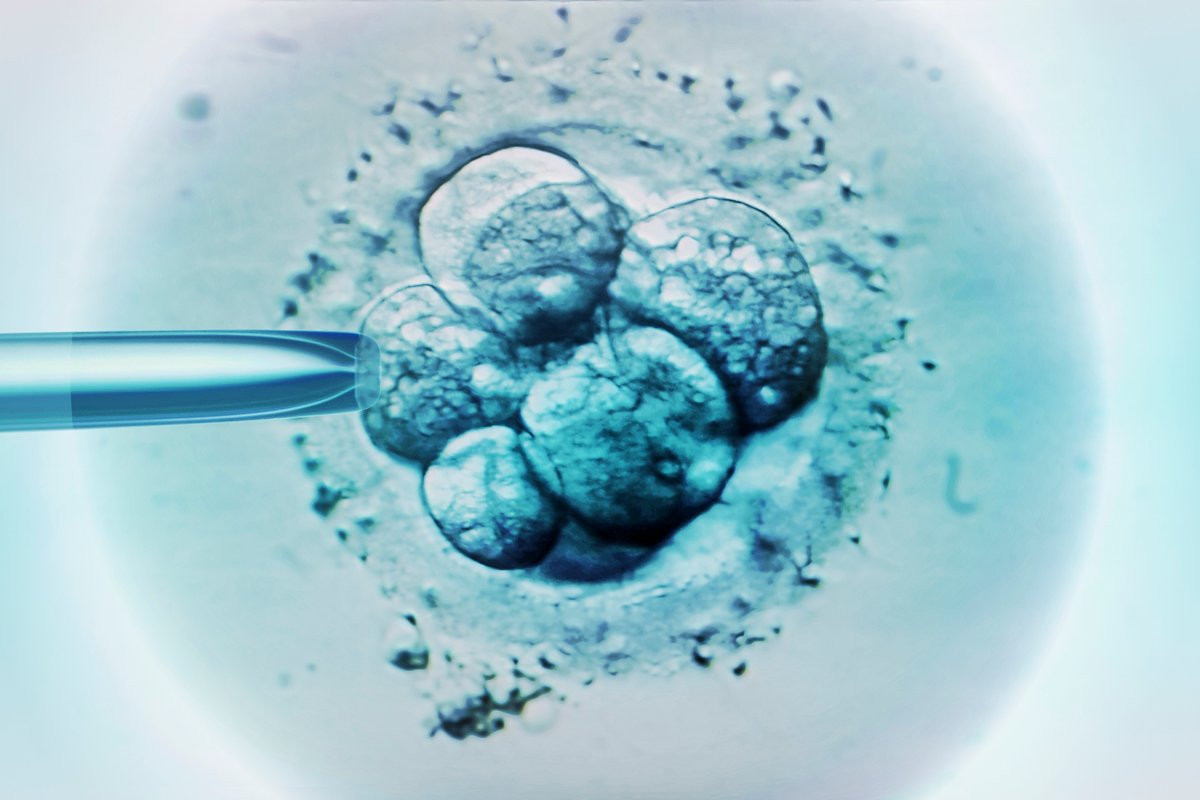Two papers seemed closely related to me, so I wanted to talk about them together.
The first, published in the American Journal of Obstetrics and Gynecology, was interested in the impact of getting COVID on pregnancy success for women undergoing IVF. That is: for women undergoing fertility treatment (in this case, in China), was getting COVID near embryo transfer or early in pregnancy associated with chemical pregnancy rate, clinical pregnancy rate, or miscarriage?
The authors use data from almost 900 patients, and they find that COVID infection did not impact success: early infection didn’t impact chemical pregnancy rate, slightly later infection didn’t impact implantation, and COVID in the first 10 weeks did not impact miscarriage.
The second paper, published in the same journal, estimated the relationship between paternal age and outcome of frozen embryo transfer. It is well known that IVF success rates decline with older maternal age for the same reason natural fertility rates do, but less understood is the role that paternal age plays.
The authors in this paper use a huge data set — almost 60,000 cycles — and they find that after adjusting for a variety of factors (including details of the embryos), the success rate for implantation of frozen embryos did not vary with paternal age. Birth outcomes for infants were the same, as well, across paternal age groups.
There are a lot of limitations to this paper — the partners of the men are all under 36, for example, and it focuses only on frozen embryo transfers — but to the somewhat narrow question of whether embryos fertilized by older fathers are inherently less successful, the answer seems to be “No.”
Obviously these papers have relevance for individuals going through infertility treatments. But they may also be more broadly relevant. The first paper in particular would strongly suggest that COVID early in pregnancy doesn’t impact miscarriage, regardless of the mechanism of getting pregnant. Which is good news for the many questions people have on that topic.
Community Guidelines












Log in